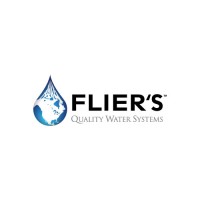Metal Cutting Corporation
89 Commerce Rd, Cedar Grove, NJ, 07009, US
Last Update: 2025-11-27
Metal Cutting Corporation is a precision metal fabricating company located in Cedar Grove, New Jersey, USA. We specialize in the burr-free abrasive cut-off of metal tubes, wires, rods and the related capabilities required to meet all of our customers' tight tolerance and high-precision requirements. We manufacture precision metal components for the medical device, automotive, electronic, biotechnology, semiconductor, aerospace, fiberoptic, electrical and general industries using abrasive cutting, grinding, lapping, polishing and related machining and metrology processes. Metal Cutting Corporation is the exclusive North American distributor for Nippon Tungsten Co., Ltd. tungsten products, including tungsten wire in all diameters, compositions, shapes and surface finishes, as well as various tungsten, hard metals, carbide and ceramic performance engineered products and materials. We have provided precision metal components since 1967. And for 43 years, we have continuously improved our products and processes. We have never lost sight of the simple fact that we do it for you. Meeting your quality, price and delivering requirements is what it is all about.
NAICS: None
NAICS Definition: Others
Employees: 23
Subsidiaries: 0







